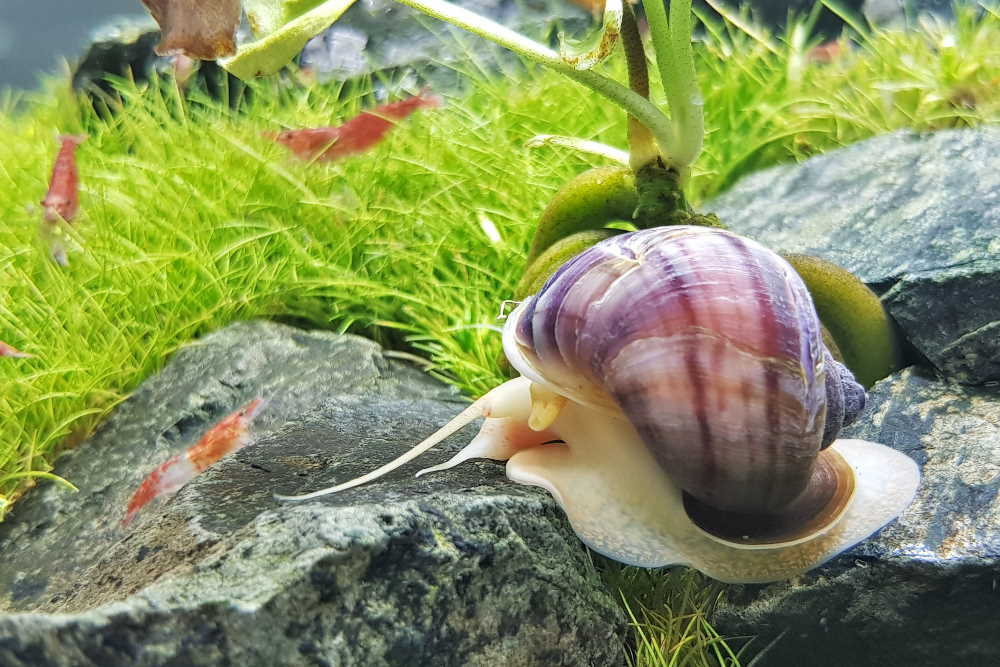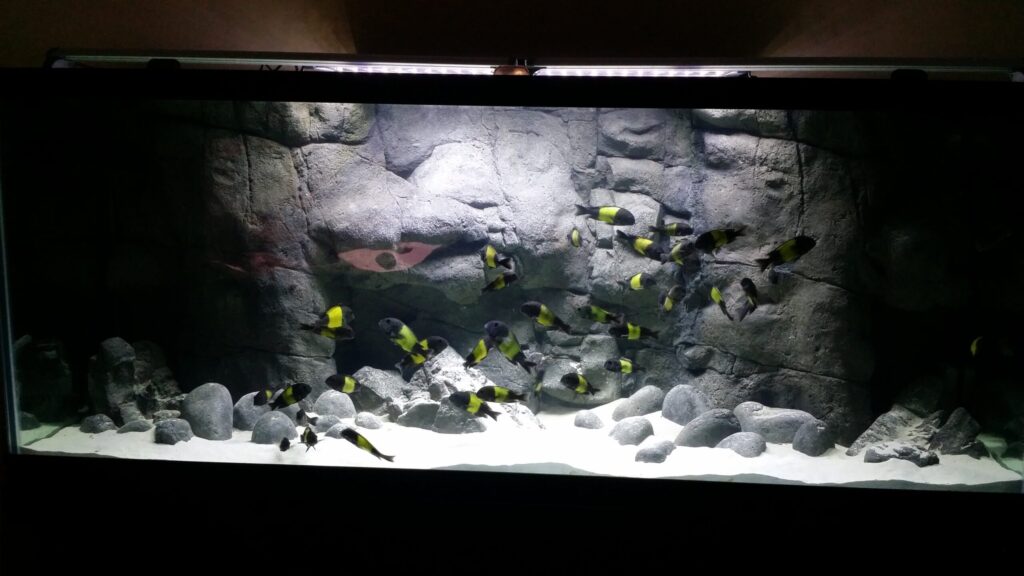A Comprehensive Guide to the Fascinating World of Aquarium Snails
Aquarium snails are intriguing creatures that play a vital role in the ecosystem of fish tanks. They contribute to the overall health and cleanliness of the aquarium by consuming algae, decaying matter, and uneaten fish food. Furthermore, their diverse shapes, colors, and behaviors make them popular among aquarium enthusiasts. In this article, we will explore the various types of aquarium snails, shedding light on their characteristics, care requirements, and potential benefits and drawbacks.
- Nerite Snails: Nerite snails are among the most common and beloved aquarium snails. Their vibrant colors, intricate patterns, and relatively small size make them an attractive addition to any tank. They are highly efficient algae eaters, making them invaluable in keeping aquariums clean. Nerite snails are compatible with both freshwater and saltwater setups and are generally considered peaceful community tank inhabitants.
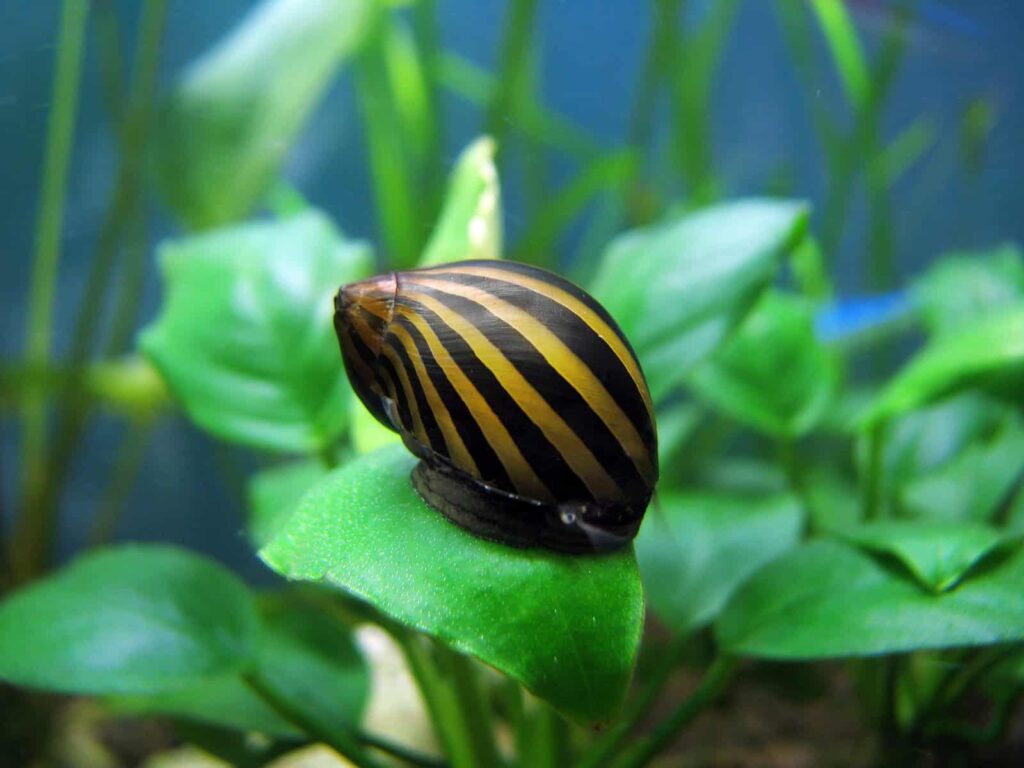
- Mystery Snails: Mystery snails, also known as apple snails, are another popular choice for aquarium enthusiasts. They come in various shades, including gold, blue, and ivory, and can grow to a substantial size. Mystery snails are primarily herbivorous and have a voracious appetite for algae. However, they also feed on decaying plant matter, making them beneficial in preventing the accumulation of debris.
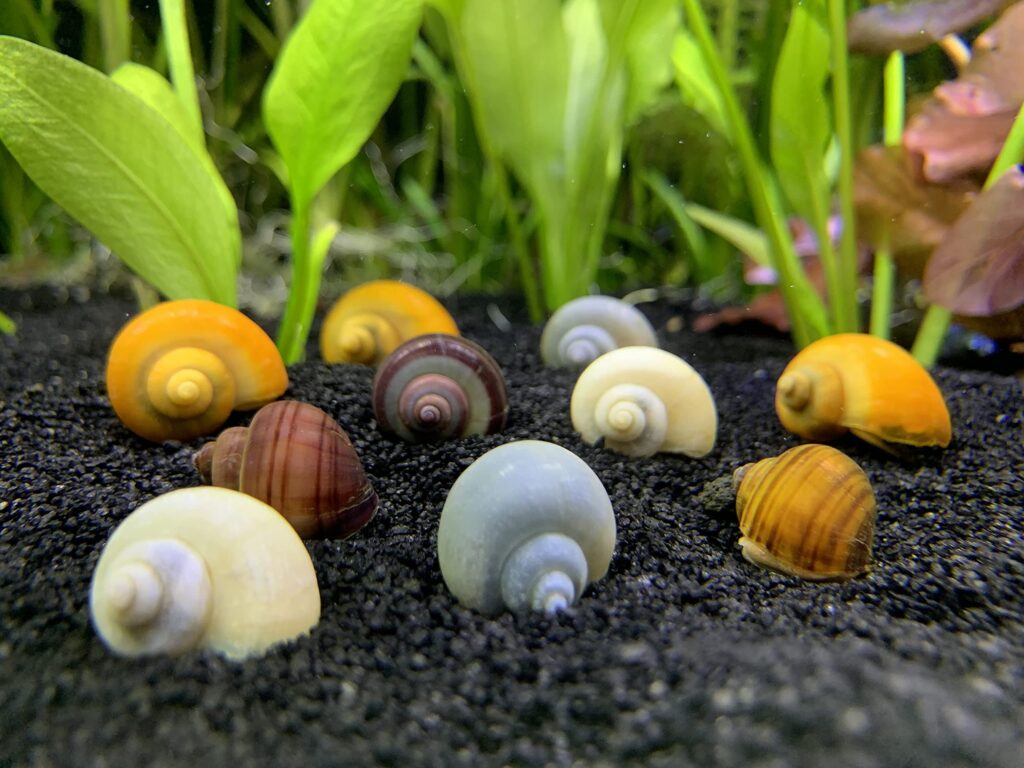
- Ramshorn Snails: Ramshorn snails are recognized by their distinctive spiraled shells, resembling miniature rams’ horns. These snails come in different colors, ranging from red to brown and even blue. While some consider them pests due to their prolific breeding, others appreciate them as part of the aquarium’s biodiversity. Ramshorn snails feed on algae, decaying plants, and leftover fish food, but excessive populations can become detrimental to plant life.
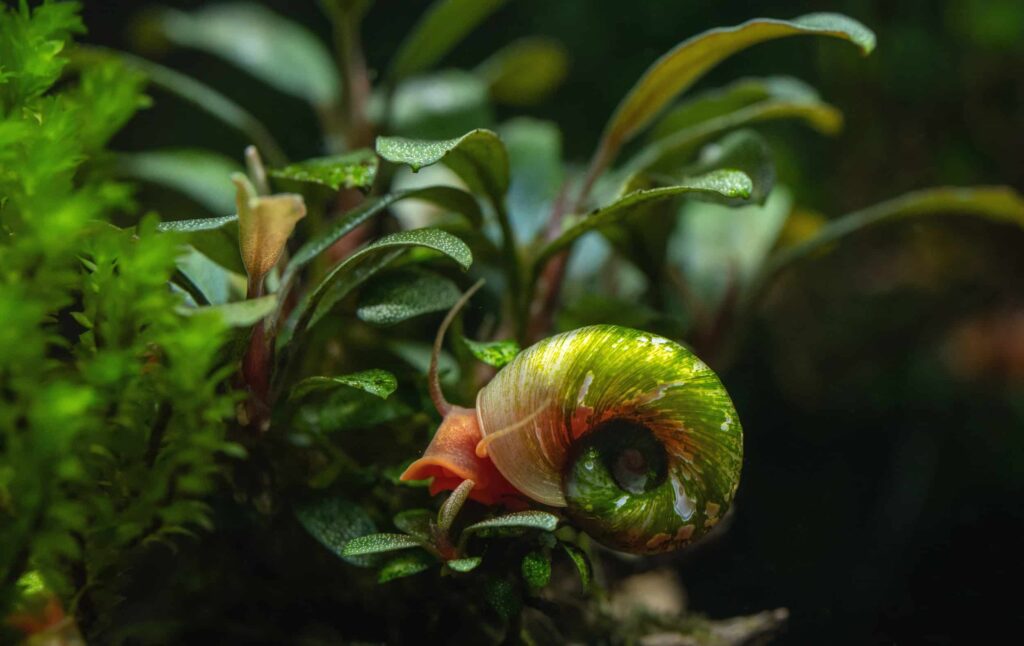
- Malaysian Trumpet Snails: Malaysian trumpet snails are beneficial for aquariums with fine gravel or sand substrates. Their elongated shells enable them to burrow and aerate the substrate, preventing it from compacting and creating anaerobic pockets. While they consume detritus and decaying matter, Malaysian trumpet snails can breed rapidly under favorable conditions, so careful monitoring is necessary to prevent overpopulation.
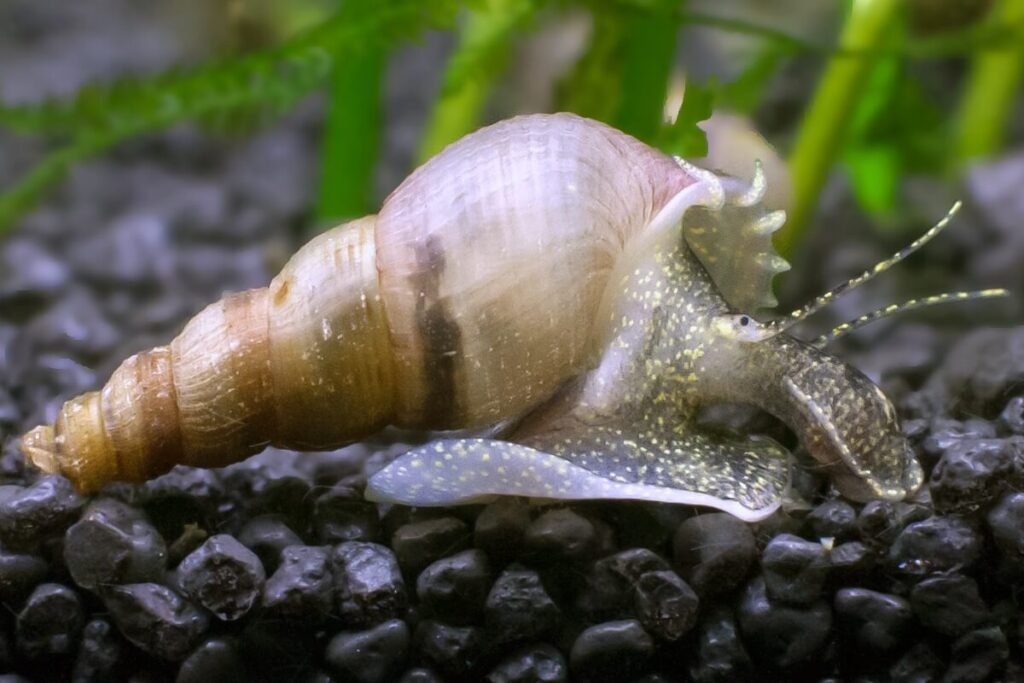
- Assassin Snails: Assassin snails are unique in that they prey on other snails, making them popular choices for snail control in aquariums. They possess a cone-shaped shell and an impressive ability to hunt down and devour pest snails, such as Ramshorn or Pond snails. However, it is important to note that they can also prey on other peaceful tank inhabitants if their food source is depleted.

- Pond Snails: Pond snails are versatile and resilient freshwater snails that can adapt to various water conditions. They are excellent algae eaters, and their scavenging behavior helps to maintain a clean aquarium. Pond snails reproduce rapidly, so if left uncontrolled, they may overpopulate the tank. Regular monitoring and manual removal can help maintain a balanced population.

Conclusion: Aquarium snails contribute to the health and maintenance of fish tanks while adding visual interest with their diverse shapes, colors, and behaviors. Whether you prefer the vibrant Nerite snails, the large and colorful Mystery snails, or the hardworking Malaysian trumpet snails, there is a wide range of options to suit every aquarist’s preferences. However
![]()

